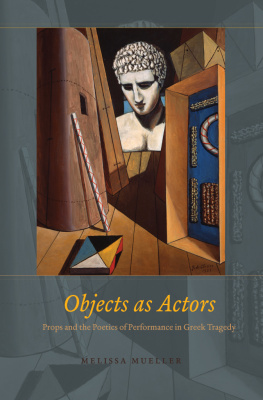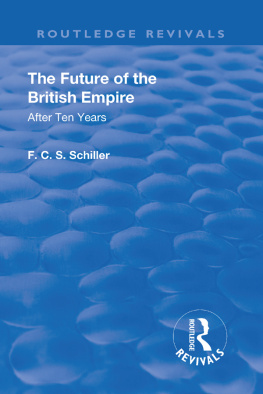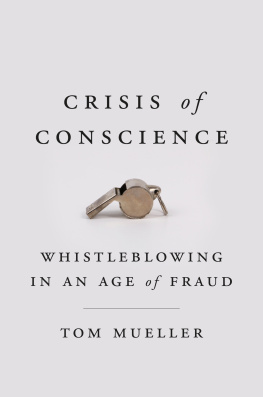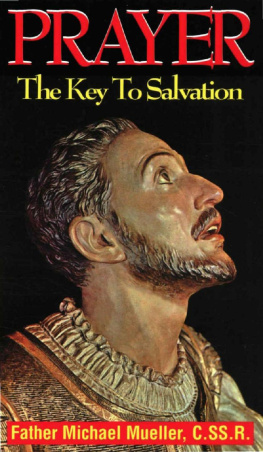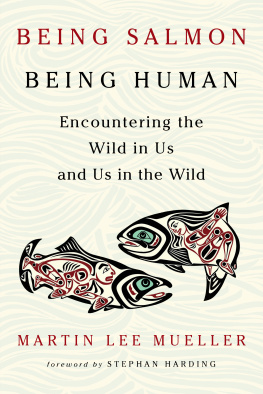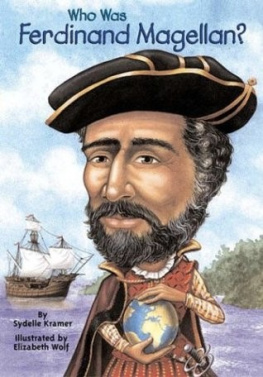
FERDINAND VON MUELLER AND WOMEN BOTANICAL ARTISTS
PENNY OLSEN
NLA PUBLISHING

Published by the National Library of Australia
Canberra ACT 2600
National Library of Australia 2013
Text Penny Olsen
Books published by the National Library of Australia further the Librarys objectives to interpret and highlight the Librarys collections and to support the creative work of the nations writers and researchers.
This book is copyright in all countries subscribing to the Berne Convention. Apart from any fair dealing for the purpose of research, criticism or review, as permitted under the Copyright Act 1968, no part may be reproduced by any process without written permission. Enquiries should be made to the publisher.
National Library of Australia Cataloguing-in-Publication entry
| Author: | Olsen, Penny. |
| Title: | Collecting Ladies: Ferdinand von Mueller and women botanical artists / Penny Olsen. |
| ISBN: | 9780642278388 (ePub.) |
| Notes: | Includes bibliographical references and index. |
| Subjects: | Mueller, Ferdinand, Baron von, 1825-1896.
Botanical illustration--Australia.
Botanical artists--Australia.
Women illustrators--Australia. |
| Dewey Number: | 580.222 |
Commissioning Publisher: Susan Hall
Project Manager: Jo Karmel
Editor: Maggie Aldhamland
Designer: Kathryn Wright Design
Image coordinators: Felicity Harmey and Jemma Posch
Production coordinator: Melissa Bush
Printed by Australian Book Connection
Cover images:
Ellis Rowan (18481922), Bombax malabaricum (detail) 1880s; watercolour; 56 x 38.2 cm; Pictures Collection, nla.pic-an6731148
and
Brachychiton acerifolium (detail) 1880s; watercolour; 55 x 38 cm; Pictures Collection, nla.pic-an7696366
Preface
IN 2010 I CAME UPON ONE OF THE MANY ADVERTISEMENTS PLACED BY FERDINAND VON Mueller in newspapers across the Australian colonies soliciting collectors of plants. This one caught my attention because it appealed to ladies in remote parts who were bereft of those intellectual resources to which many of them have been accustomed. I knew that several of Muellers ladies were illustrators and writers, and that Mueller had been engaged to several (but had never married) and died leaving a vast, if fractured, body of correspondence.
A great bachelor botanist seeking women collectors, incomplete letter trails, matrimonial prevarications and beautiful illustrations it was too tantalising. Susan Hall, Publisher at the National Library of Australia, agreed and helped refine the concept. And so, Collecting Ladies:Ferdinand von Mueller and Women Botanical Artists began to take shape.
I have taken a few liberties. Not all the ladies covered had a strong relationship with Mueller, or were great collectors. Nonetheless, they benefited from the milieu that Mueller helped to create so effectively in Australia, where most botanical roads led to him. Women could enjoy a taste of scientific pursuit and time in the outdoors and contribute to the emerging science of botany and its popularisation. Nor were they all ladies, that is, upper class! Today, the term is not considered politically correct, but it was in common use in the Victorian period. A great favourite of Mueller, he applied it frequentlyDear lady etc.
One further explanation seems necessary. Much has been written about some of the ladies and many of their floral illustrations have been published. Consequently, I have tried to use less known illustrations and drawings of shrubs and trees as well as flowers. I have also included fungi and given a little attention to seaweed (algae), both non-floweringtheir collection was a popular pursuit for women in Victorian times. For a few of the less familiar women, such as Gertrude Lovegrove and Annie Walker, I was fortunate to find some new information and/or seldom published illustrations.
The production of a book is a team effort and I have many people to thank, including Maggie Aldhamland and Jo Karmel for their thoughtful editing and designer Kathryn Wright. Special thanks to Sara MaroskeMueller expert, especially in relation to his female associateswho generously assisted with information and read through the entire manuscript. The search for Muellers women correspondents was made much easier by the international Correspondence of Ferdinand von Mueller Project, based at the Royal Botanic Gardens Melbourne, which was coordinated by Professor Roderick Home, University of Melbourne. I am also grateful to Home for his helpful comments on the text. Robert King, John Wade and Neil Morse translated some of Muellers Latin dedications and Bill and Wendy Cooper provided the illustration of a plant named for Rebecca Nordt. Others who helped with information on artists or illustrations included: Robyn Barker and David Symon, State Herbarium of South Australia; Judy Blood and Miguel Garcia, Library, National Herbarium of New South Wales; Julia Buckley, Illustrations, Herbarium, Library, Art & Archives Royal Botanic Gardens, Kew, London; Eloise Donnelly, Natural History Museum, London; Vanessa Finney, Australian Museum, Sydney; Cheryl Hoskin, Barr Smith Library, University of Adelaide; Philip Jones, South Australian Museum; Rita Macheda and Jill Thurlow, Library, Royal Botanic Gardens Melbourne; and Pina Milne, National Herbarium of Victoria. Not least, thanks to family and friends for their companionship and interest and to the Australian National University for providing me with a home.

EDITORS NOTES
Quoted material retains the original spelling, grammar and underlinings. However, some corrections or explanations have been made where necessary for clarity, and appear in square brackets.
In the text, scientific names that were in use in Muellers time are followed by their current scientific names, where relevant. However, updating the scientific names of all plants that feature in the illustrations was too big an endeavour to undertake, given the large number of images involved.
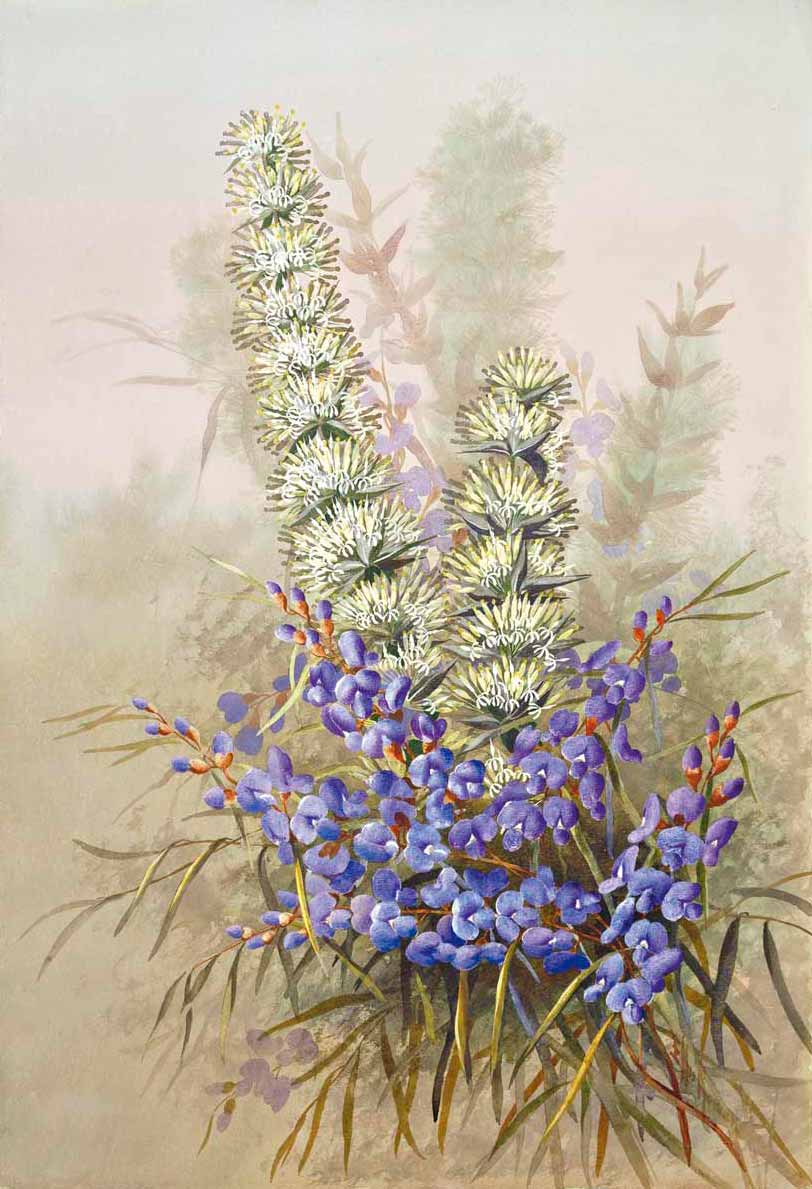
ELLIS ROWAN, Hovea chorizemifolia 1880s
Muellers milieu MUSES, MINIONS and MISSED MATRIMONY
Who has ever rambled in the Australian bush without gathering a handful of pretty little wildflowers? Many Ladies, I am sure, would devote much of their leisure to the healthy exercise of a daily walk, coupled with the instructive and elevating pursuit of studying our native plants, and forming them into a collection.
(Ladies Almanack, Melbourne, 1858, p. 32)
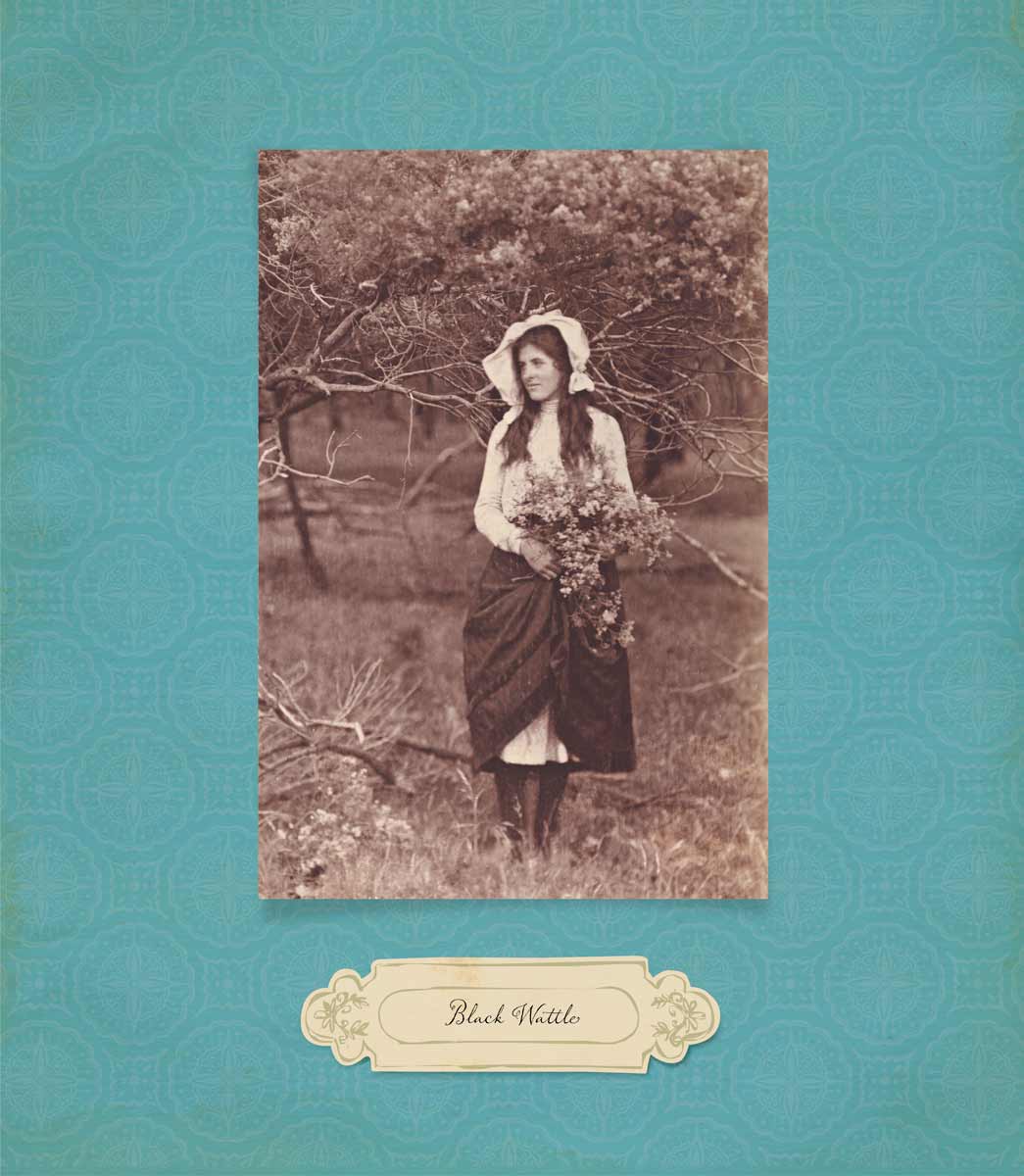
ARCHIBALD JAMES CAMPBELL, Black Wattle (Phillip Island) 1902
I N THE HOPE OF ESCAPING TUBERCULOSIS, WHICH HAD CLAIMED THE LIVES OF MANY members of his family, late in 1847 Ferdinand Mller arrived in Adelaide with his younger sisters, Bertha and Clara. That the disease, the scourge of crowded cities in Europe, consumed whole families led to the belief that it was hereditary. Nevertheless, there was hope that life could be better in cleaner, warmer climes.



